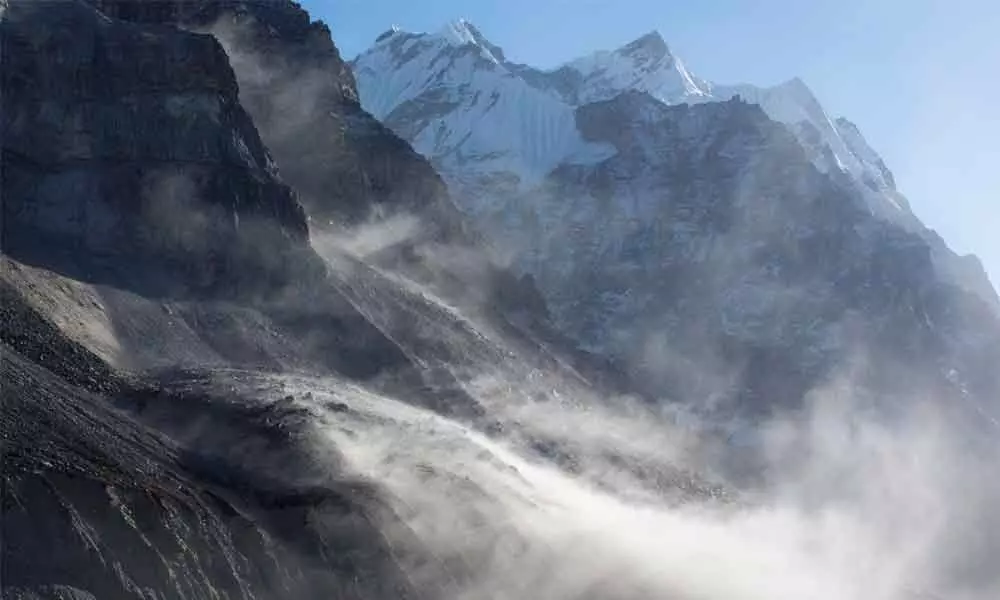Water vapour at top of Himalayas hints overall warming: Study
Water vapour exhibits a positive radiative effect at the top of the atmosphere (TOA), suggesting an increase in overall warming in the high-altitude Himalayas due to it, a study has shown.
image for illustrative purpose

New Delhi: Water vapour exhibits a positive radiative effect at the top of the atmosphere (TOA), suggesting an increase in overall warming in the high-altitude Himalayas due to it, a study has shown.
Precipitable water vapour (PWV) is one of the most rapidly varying components in the atmosphere and is mainly accumulated in the lower troposphere. Due to the large variability in space and time, mixing processes and contribution to a series of heterogeneous chemical reactions, as well as sparse measurement networks, especially in the Himalayan region, it is difficult to accurately quantify the climatic impact of PWV over space and time.
Moreover, aerosol-cloud-precipitation interactions over this region, which are one of the most climatic-sensitive, are poorly understood, apparently due to a lack of proper observational data, a release from the Ministry of Science and Technology said on Thursday.
However, the recent research led by Dr Umesh Chandra Dumka from Aryabhatta Research Institute of Observational Sciences (ARIES), Nainital, an autonomous research institute of the Department of Science and Technology, has showed that PWV exhibits a positive radiative effect at the top of the atmosphere in high-altitude remote locations in the order of about 10 watts per square metre at Nainital (altitude 2,200 metres, in central Himalayas) and 7.4 W per square metre at Hanle (Altitude 4,500 metres, in western Trans Himalaya).
Team members from the National Observatory of Athens (NOA), Tohoku University, Japan; Indian Institute of Astrophysics (IIA), CSIR Fourth Paradigm Institute (CSIR-4PI), Bengaluru, and the Institute for Advanced Sustainability Studies, Germany also contributed to the study.
The research published in the Journal of Atmospheric Pollution Research, Elsevier shows that the atmospheric radiative effect due to PWV is about 3-4 times higher compared to aerosols, resulting in atmospheric heating rates of 0.94 and 0.96 K Day-1 at Nainital and Hanle, respectively. The results highlight the importance of PWV and aerosol radiative effects in the climate-sensitive Himalayan region.
The researchers assessed the combination of aerosols and water vapour radiative effects over the Himalayan range that is specifically important for regional climate and highlighted the importance of water vapour as a key greenhouse gas and climate forcing agent over the Himalayan region.
The team believes that this work will provide a comprehensive investigation of the combined impact of aerosols and water vapour on the radiation budget.

